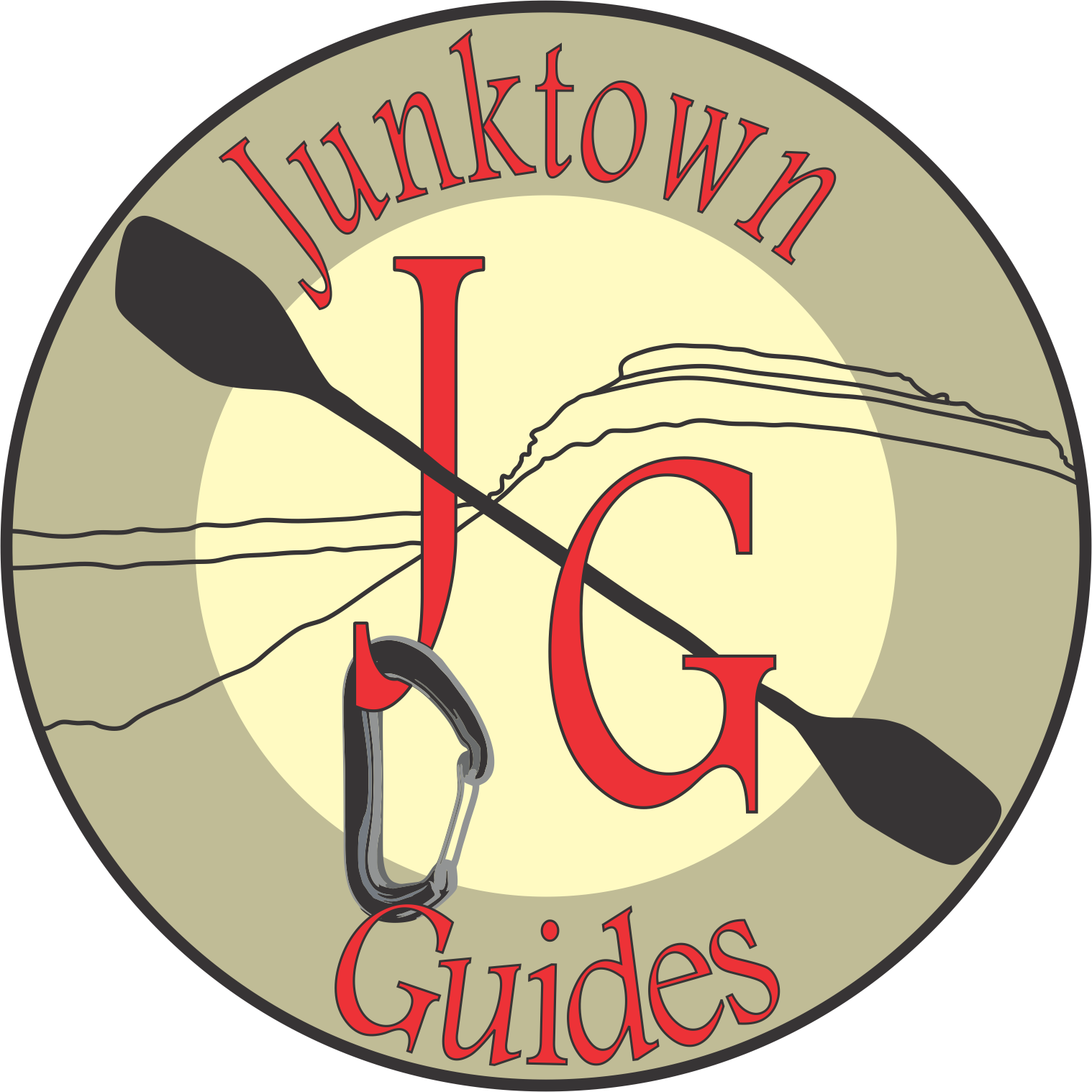
In 1869 the Golden Spike was driven in Promontory Point Utah connecting the east coast to the west coast and solidifying Northern Utah as a hub for intercontinental commerce. The next year the Denver and Rio Grande Western Railroad started up and eventually built a rail line that connected Salt Lake City with the front range of Colorado. This rail line was originally a narrow gauge but it was later upgraded to standard gauge. The D&RGW operated throughout Colorado and Utah, a map from 1914 shows the compilation of their lines at the time. Back in those days, trains were powered by coal and water and the tank had to be replenished about every ten miles. Along the rail lines, water tower stations popped up in ten-mile intervals and at some of these stations, towns emerged. The historic towns of Westwater and Cisco are examples and Agate (between Westwater and Cisco) is an example of a water tower that never sprouted a town.
Sometimes it’s hard to imagine that it used to take days to travel what is today considered a short distance. This point was made pretty clear to me when I made several stops in Wyoming along the old Oregon Trail. As I drove 10-20 min from site to site it was crazy to think that each of these points was a day worth of travel before 1869. The trains traveling through here at the time were averaging 13-16mph and had to stop every ten miles to refill the water tanks and replenish the coal. Imagine a train trip from Grand Junction to Westwater “only” taking 4-5 hours and having to stop 3-4 times to refuel. By horse would have taken all day, maybe even 2 days.
The way the topography lays out the river provided good soil for farming at Westwater. All around the soil is alkali and hard to grow crops without a lot of prep work. The river had been lying down sediment in this area making it more fertile. Today the old town is a single farm, the Westwater Ranch, and last I saw they were growing hemp and hay. Back in the 1800s, before the heavy farm equipment we have today it took multiple families to work the same amount of land. An old map found in “Westwater Lost and Found” shows the same area split up into about 16 parcels. The town to support these families was built with a school, general store and all the regular amenities.
Several crops were tried over the decades, sugar beets were a big crop back around WWI. In time the town faded as the trains got more efficient and didn’t need to stop as often. The land was consolidated and is now run by one family. The town is completely gone now and only the stories remain.
Ranger Station:
The BLM has built a great campground and boat launch here. Last year they even built an overflow parking area that should relieve some of the congestion, at least for the parking. For some reason people don’t seem to know how to park a trailer here. Walking through the parking lot you see most of them parked with the vehicle in, I’ve seen this in other places too but it seems to happen more often here. Perhaps the new parking area with pull through parking will help these pour inept drivers. Campsites are right on the river and the restroom facilities are always clean (or at least clean for a pit toilet).
The rangers here are pretty thorough on their inspections. They will ask to see all of your required gear and make sure it is in proper working order. I was on a trip where the other two rafts in our group had old repair glue and we were only allowed to proceed because I had just bought a new bottle. They are doing this for your protection and should be respected. I have had nothing but good encounters with the rangers but I’ve seen people get angry because they had improper PFDs for their people or some other piece of equipment kept them from getting on the water. Bottom line is, if you have all the right stuff you won’t have any issue. They will email you a list when you book your trip but you can also find out all of the requirements by visiting their website.

